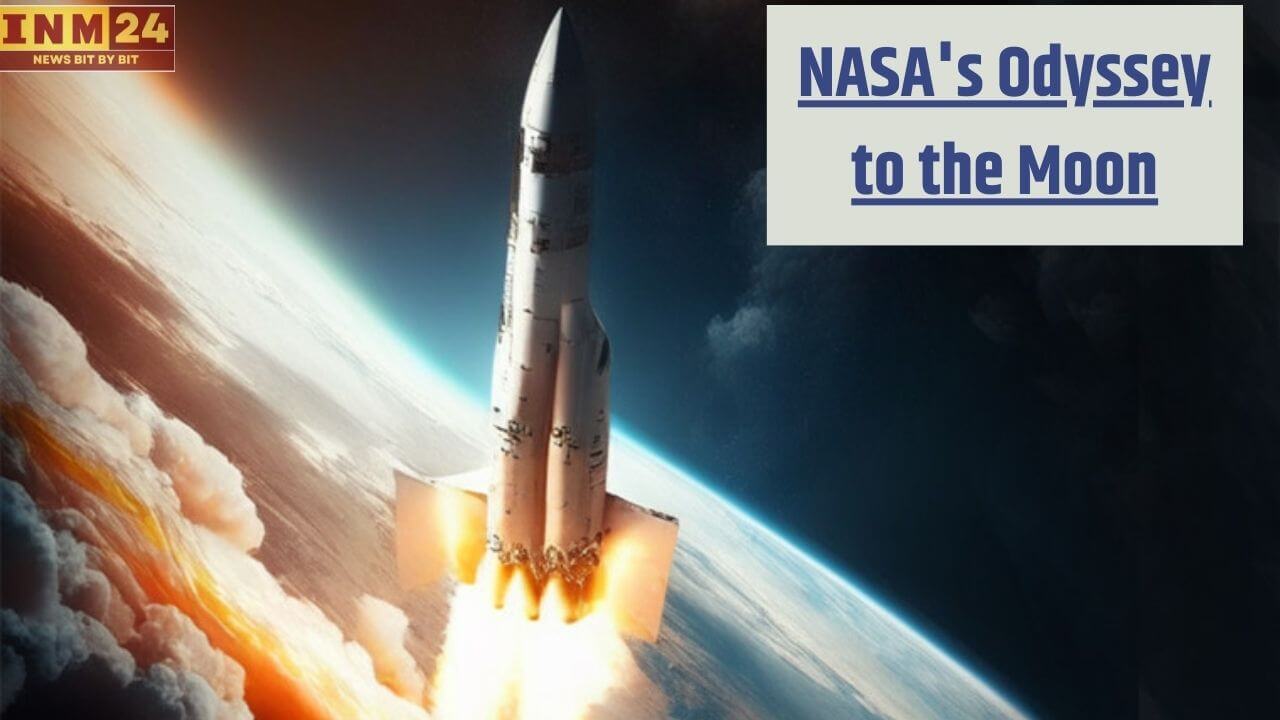NASA’s Odyssey to the Moon: NASA, the United States space agency, is gearing up for a second attempt to land on the moon. On Wednesday, a privately developed lunar lander is set to launch, marking NASA’s renewed effort after a failed mission last month. Let’s delve into what makes this mission unique and whether success will finally be achieved.
NASA is preparing to launch a new lunar lander named Odyssey.
The Odyssey spacecraft aims to make a successful landing on the moon.
The target date for the landing is set for February 22nd.
Washington: NASA is all set to embark on its lunar mission this Wednesday with the launch of the Odyssey spacecraft. This mission comes on the heels of a previous attempt last month that unfortunately did not achieve success. The Odyssey spacecraft, also known as the Odie, will be carried into space by SpaceX’s Falcon 9 rocket.
Interactive Machines’ CEO, Stephen Altemus, expressed confidence in the mission’s success, stating that Odyssey would rapidly approach the moon once detached from Earth’s orbit. The spacecraft is equipped with an onboard engine, allowing it to navigate towards the lunar surface. The anticipated landing date is February 22nd, and if successful, Odyssey will become the first American spacecraft to land on the moon since the Apollo 17 mission in 1972.
NASA’s previous mission, the Peregrine lander, faced technical challenges, leading to a failed mission. Astrobiotic Technology, through funding from NASA, developed the lander. Despite the setback, NASA continues to support private companies in lunar exploration.
The Odyssey mission holds significance as it marks NASA’s renewed commitment to lunar exploration. The private sector’s involvement in lunar endeavors showcases collaborative efforts in space exploration. Should the mission succeed, Odyssey will be a historic achievement, marking the first American lunar landing since Apollo 17.
The Odyssey’s launch and subsequent lunar landing attempt serve as a testament to the resilience and determination of space agencies and private entities alike in advancing human exploration beyond Earth. The success of this mission would not only be a milestone for NASA and its partners but also a significant step forward in our continued exploration of the cosmos.

